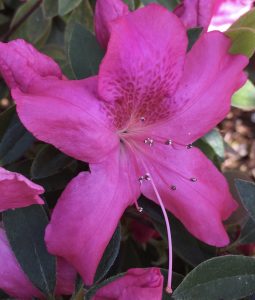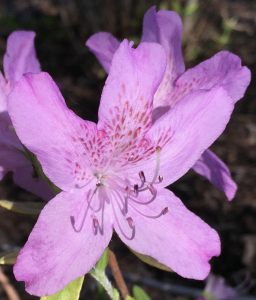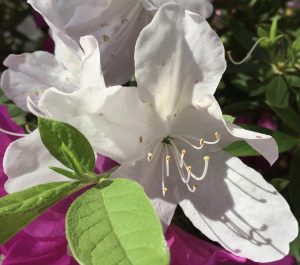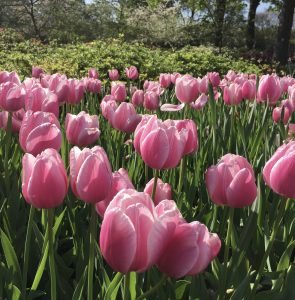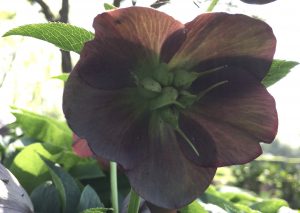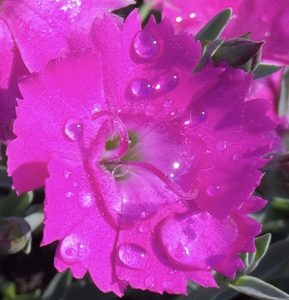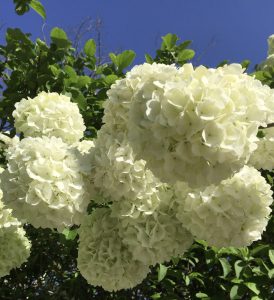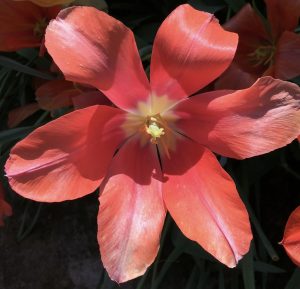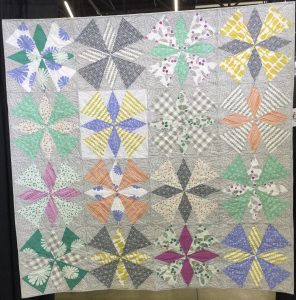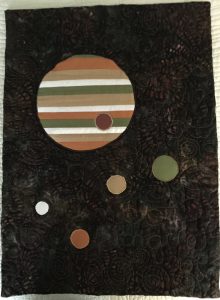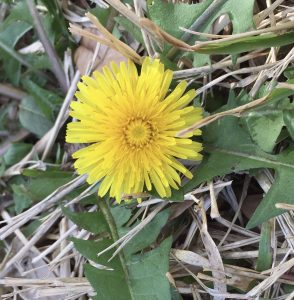A tour of Easter blooms for a time of spring, surprise and rebirth.
Yesterday, we walked the Dallas Arboretum. Ours has its trees, but below and all about are aglade with bud and bloom. In any season, swashes of color take the breath away; and in every season, there is the mystery of the unknown that waits beyond the gates.
A background word: this Arboretum was first a dairy farm, then the rambling estate of a wildcatter drilling for petroleum, and now the much and ever groomed domain of local horticulturists. It has moved from milkmaid to oilman to gardeners. Today its bevy of plant persons would make Peter Sellers proud — remember him as Chance the gardener from the 1979 film “Being There.” This place is awash with Pink Panthers waiving their trowels in the air and punching pH meters wildly into the earth to ensure that all is just so.
We were met this beautiful bright sunny morning by the Azalea, particularly the Formosa. This was the first azalea I encountered years ago in Houston, and it is an old and trusted friend.
Nearby was a young acquaintance, a violet dancing ballerina of an azalea.
I appreciate the many glowing hues of this flower family and their willingness to mix in palette from whites to purples and new-grown pinks.
Yes, these beauties are all on the same plant. Amazing.
We move on, past a Wave of Tulips.
The tulips were beginning to fade, but not so the exotics.
How about a Kangaroo Paw for your garden?
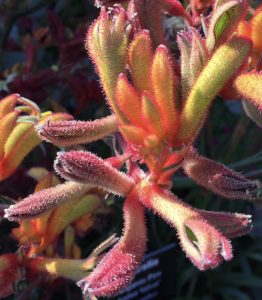
Or bird’s nest soup resting amid the strange berry blooms of the Leatherleaf Mahonia?
I soaringly wondered, watching a shy winged purple dragon Helleborus, where its home might really be?
Then, back to earth, I bent close to the tear drops on a pretty Sweet William.
And wished well the troupe, too many here to chronicle, yet to name a few more.
Stalking columned Larkspurs.
Forest padding Dogwoods searching patiently for their masters.
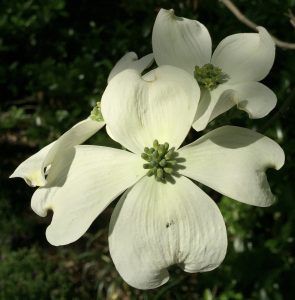
And giant puffed Snowballs floating overhead in the blue-skied breezes.
There are too many. What a glorious chaos of color. And that’s just the flowers. What about all the boys and girls dressed in their Easter finery and dragging Mom and Dad to just the right spot for just the right picture to send to Grandma and Grandpa. I must stop before my palette tips and tumbles and I collapse in wide-eyed wonder at the stunning dance and bursting sun of an exploding Eastered spring. It is enough. We stumble past the waving goodbye of the last orange tulip of parting.
And sigh in hope to remember the roses will be out in two weeks and we must return.
May the beauty in your life never end.
Have a Happy Easter!!
Gardener Jim

